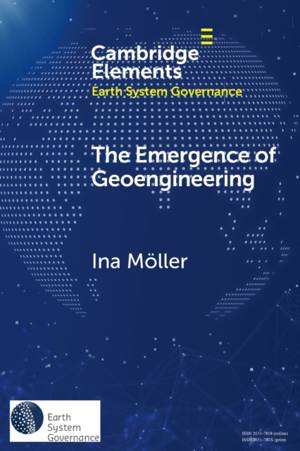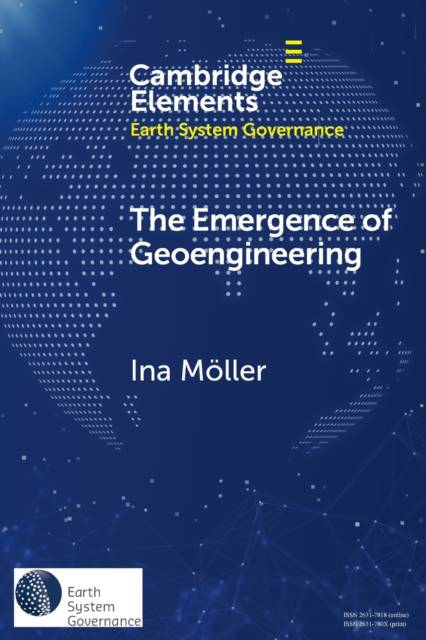
Je cadeautjes zeker op tijd in huis hebben voor de feestdagen? Kom langs in onze winkels en vind het perfecte geschenk!
- Afhalen na 1 uur in een winkel met voorraad
- Gratis thuislevering in België vanaf € 30
- Ruim aanbod met 7 miljoen producten
Je cadeautjes zeker op tijd in huis hebben voor de feestdagen? Kom langs in onze winkels en vind het perfecte geschenk!
- Afhalen na 1 uur in een winkel met voorraad
- Gratis thuislevering in België vanaf € 30
- Ruim aanbod met 7 miljoen producten
Zoeken
€ 33,45
+ 66 punten
Omschrijving
For many years, suggestions to 'geoengineer' the climate occupied a marginal role in climate change science and politics. Today, visions of massive carbon drawdown and sunlight reflection have become reasonable additions to conventional mitigation and adaptation. Why did researchers start engaging with ideas that were, for a long time, considered highly controversial? And how did some of these ideas come to be perceived worthy of research funding and in need of international governance? This Element provides an analysis of the recent history and evolution of geoengineering as a governance object. It explains how geoengineering evolved from a thought shared by a small network into a governance object that is likely to shape the future of climate politics. In the process, it generates a theory on the earliest phase of the policy cycle and sheds light on the question why we govern the things we govern in the first place.
Specificaties
Betrokkenen
- Auteur(s):
- Uitgeverij:
Inhoud
- Aantal bladzijden:
- 88
- Taal:
- Engels
- Reeks:
Eigenschappen
- Productcode (EAN):
- 9781009048958
- Verschijningsdatum:
- 9/02/2023
- Uitvoering:
- Paperback
- Formaat:
- Trade paperback (VS)
- Afmetingen:
- 152 mm x 229 mm
- Gewicht:
- 127 g

Alleen bij Standaard Boekhandel
+ 66 punten op je klantenkaart van Standaard Boekhandel
Beoordelingen
We publiceren alleen reviews die voldoen aan de voorwaarden voor reviews. Bekijk onze voorwaarden voor reviews.









